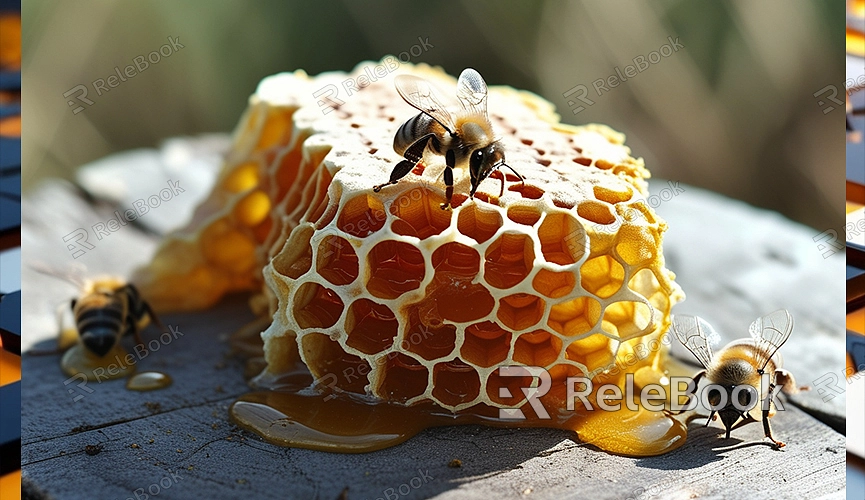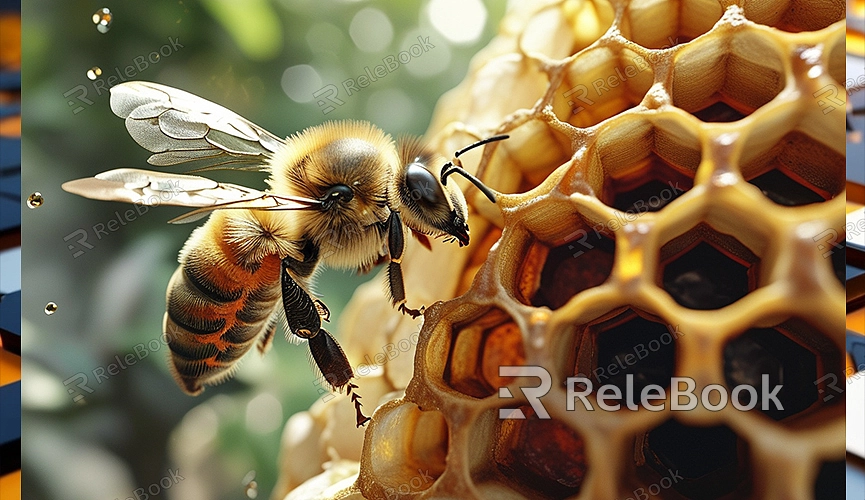How to Make a 3D Model of a Beehive
The world of 3D modeling is full of creativity and endless possibilities. From simple geometric shapes to complex natural objects, designers and enthusiasts can create lifelike models using various software. A beehive, with its unique natural structure and regular hexagonal arrangement, is an intriguing and challenging design object for both beginners and experienced 3D modelers. This guide will walk you through the process of creating a beehive model in 3D modeling software.

Choosing a Modeling Software
To create a 3D model of a beehive, you first need to select a suitable modeling software. There are several powerful 3D modeling tools available on the market, including Blender, SolidWorks, Maya, and SketchUp. For beginners, Blender is an excellent choice because it is not only free and open-source but also feature-rich.
Regardless of the software you choose, it’s crucial to familiarize yourself with its interface and basic operations. For example, in Blender, you can use basic geometric shape tools to create the hexagonal structure of the beehive.
Creating Hexagonal Honeycombs
The core of a beehive consists of hexagonal honeycombs, so the first step in modeling is to create a basic hexagon. You can either generate a hexagon directly in the software or draw one using polygon tools. Once you have created a hexagon, you can duplicate and arrange it to form the basic structure of the beehive.
In Blender, the array tool allows you to quickly duplicate and arrange multiple hexagons in an orderly manner to create the initial shape of the beehive. Be sure to adjust the spacing between each hexagon to maintain the natural arrangement of the beehive.
Adding Depth and Volume to the Beehive
After completing the flat layout of the beehive, the next step is to add thickness and volume. By using extrusion or push/pull functions, you can transform each hexagonal cell from a flat structure into a 3D solid. Adjust the depth of each cell as needed to closely resemble the appearance of a real beehive.
For a more complex beehive, consider adding additional details to enrich the model. For example, you can include some texture on the surface to simulate the appearance of beeswax.
Detailing and Refining the Model
To make your beehive model more realistic, you can refine and detail the model further. Adding fillets to the edges of each hexagon can make them appear smoother and more natural. You can also include incomplete cells or naturally damaged areas on the bottom of the beehive to enhance realism.

After creating the basic model, use sculpting tools to fine-tune the beehive’s surface, adding textures and irregular details. Advanced users can apply texture maps to simulate the material properties of the beehive, such as the smoothness and reflectivity of beeswax.
Applying Materials and Rendering
Materials and rendering are crucial steps in making the model look lifelike. In Blender, you can apply different materials to your beehive model and adjust parameters such as color, glossiness, and transparency to enhance realism. Since beehives are typically made of yellow or brown beeswax, choose appropriate materials for rendering.
Lighting setup is also very important. By adding ambient and reflective lighting, you can highlight the surface texture of the model and showcase the beehive’s intricate structure and natural light effects.
Exporting and Sharing
Once your 3D beehive model is complete, you can export it in common 3D formats such as STL, OBJ, or FBX for 3D printing or sharing with other designers. If you are designing a virtual scene or an object for a game, you can directly import the beehive model into your project as part of the environment.
Through continued practice and optimization, you can master the techniques for creating complex natural objects like beehives and enhance your 3D modeling skills.
Creating a 3D model of a beehive is a creative and challenging process. From the basic hexagonal honeycomb structure to detailed refinements and material applications, each step requires careful execution and design consideration. Whether you are a novice or an experienced designer, through persistent practice and exploration, you can produce a satisfying beehive model.
If you need high-quality 3D textures and HDRI for your models and virtual scenes, you can download free resources from [Relebook](https://textures.relebook.com/). For exquisite 3D models, visit [Relebook 3D Models](https://3dmodels.relebook.com/) for a wide range of premium resources. With these resources, you can better complete your 3D design projects.

